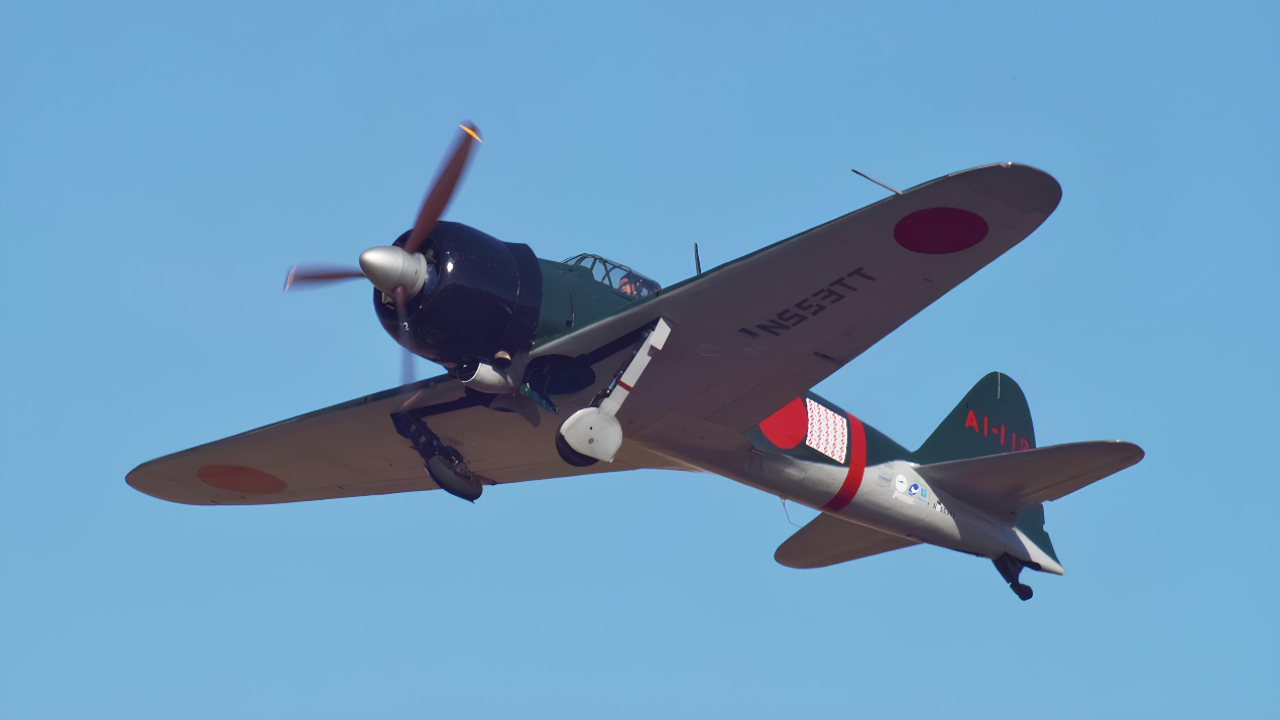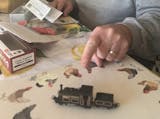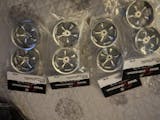In the vast skies of the Pacific theater, Japanese aircraft once roared with ingenuity and tactical intent. These machines were more than tools of war—they were showcases of engineering philosophy, aerodynamic balance, and relentless innovation. From sleek fighters to dedicated dive bombers, each aircraft reflected Japan’s pursuit of range, agility, and aerial dominance during one of history’s most turbulent periods.
Mitsubishi A6M Zero – The Long-Range Fighter Marvel

Perhaps the most recognized Japanese fighter of the war, the Mitsubishi A6M Zero was famed for its lightweight construction and impressive maneuverability. Its long operational range allowed Japan to strike far-flung targets, making it a cornerstone of early wartime strategy. However, its lack of armor and self-sealing fuel tanks eventually exposed its limitations against more rugged Allied aircraft.
Nakajima Ki-43 Hayabusa – The Nimble Peregrine Falcon

Nicknamed “Oscar” by Allied forces, the Nakajima Ki-43 Hayabusa delivered incredible agility in dogfights. With its lightweight frame and responsive controls, it was beloved by pilots for its graceful handling. Although lightly armed and armored, it served widely across Asia and was continually refined throughout the war to keep pace with shifting demands.
Kawanishi N1K – Fighter-Bomber Turned Ace Slayer

Originally designed as a floatplane, the Kawanishi N1K evolved into the formidable land-based N1K-J Shiden. Its powerful armament and strong performance at high altitudes made it a respected opponent, particularly late in the war. Durable and well-armed, it became one of Japan’s best land-based fighters, challenging even the most advanced Allied aircraft.
Kawasaki Ki-100 – The Unexpected Performer

Emerging from urgent wartime adaptation, the Kawasaki Ki-100 was a surprising success born from necessity. After engine shortages halted Ki-61 production, engineers repurposed existing airframes with radial engines, resulting in a fighter that proved remarkably agile and reliable. Its performance at low and medium altitudes allowed it to compete effectively against Allied aircraft late in the war, gaining the respect of both pilots and adversaries.
Yokosuka D4Y Suisei – Speed-Focused Dive Bomber

The Yokosuka D4Y Suisei, meaning “Comet,” brought high speed and aerodynamic refinement to Japan’s dive bomber fleet. Although lightly armored, its ability to outrun enemy fighters gave it a unique advantage. It served aboard aircraft carriers and later in kamikaze missions as Japan’s strategic situation became increasingly desperate.
Aichi D3A – The Bomber Behind Early Pacific Victories

The Aichi D3A “Val” was the principal dive bomber at the outbreak of the war, known for its effectiveness during the attack on Pearl Harbor and battles across Southeast Asia. Though outdated later in the conflict, its early success established it as a mainstay in Japan’s aerial campaigns and helped define the role of carrier-based bombers.
Tachikawa Ki-36 – The Light Reconnaissance Workhorse

Designed for observation and ground support, the Tachikawa Ki-36 filled a quieter but vital role. With its slow speed and lack of defensive capabilities, it was vulnerable in contested skies. Yet it remained invaluable in less defended areas, providing battlefield intelligence and light bombing support where needed most.
Timeless Engineering, Now in Scale

These aircraft, each with its own role and reputation, left a lasting impression on aviation history. Their distinct silhouettes, engineering quirks, and wartime legacies continue to inspire modelers and history enthusiasts. Today, they live on in scale form, offering a tangible way to appreciate the design and spirit of an era that forever reshaped the skies.










